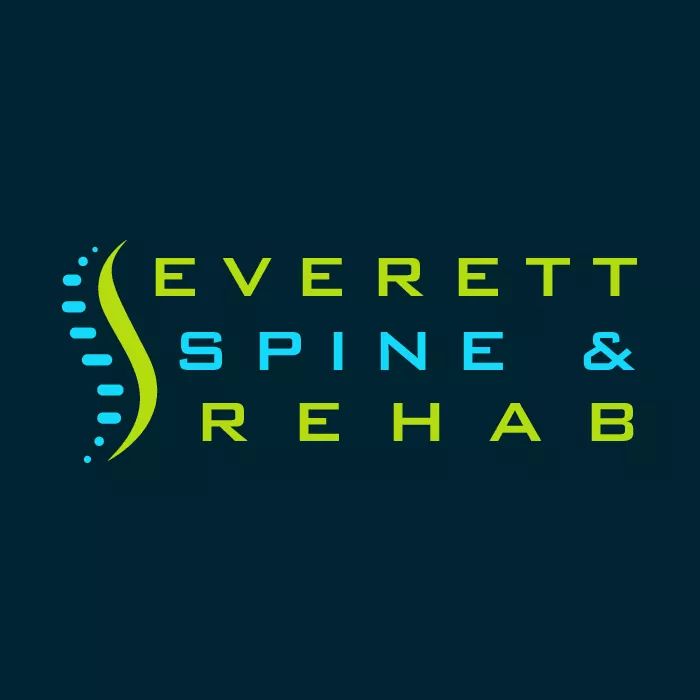The Importance of Good Posture
Have you ever felt like your mother was nagging you when she kept reminding you to stand up straight? Mom was right. Standing up straight helps promote good posture, and good posture is actually good for you.
Let’s first take a look at the word “posture.” What’s it mean exactly? You might think of it as simply how you stand, but that’s just part of it. Posture is how you position your body when standing, sitting or lying whether stationary or moving. There are several parts of the body that are involved in posture: the brain (cerebellum), your muscles and your spine.
Having poor posture can lead to several consequences, including everyone’s favorite: back pain. Bad posture can overwork your back muscles and also can place strain on your spine and your vertebrae’s’ discs. It doesn’t stop at your back, unfortunately. The ramifications of poor posture also include the chances of getting neck pain, worsening arthritis, fatigue, bad mood and even incontinence, constipation and heartburn.
Now it’s time for the good news!
There are several things you can do to correct your posture

Standing tips: Stand up straight and tall with shoulders back and your head level in line with your body. Your feet should be shoulder-width apart and you should let your hands hang naturally on your sides.
If you still experience persistent back pain, low back pain, or neck pain, you may want to visit a chiropractor to investigate further. If you are in the Everett area, please visit our office (we’re on the border of Mill Creek and Lynnwood). We offer chiropractic therapy, acupuncture, massage therapy and physical therapy.






